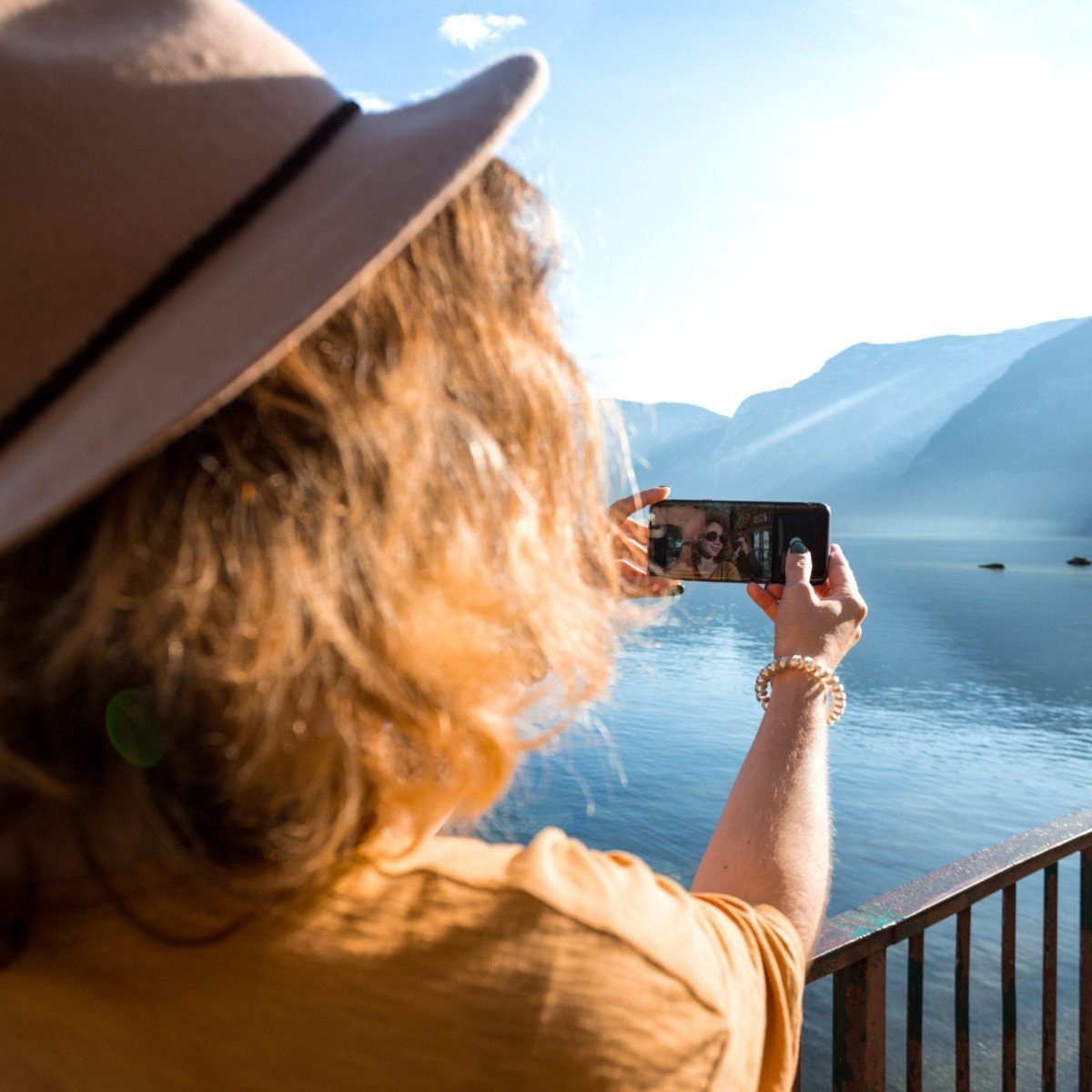It was during my first trip to the bright beaches of Cancun, the powerful sun rays reflected off the blinding white sand and I quickly realised my travel photography obstacle – the harsh sunlight causing overexposure. Have you ever found yourself in a similar predicament?
Photography, particularly travel photography, isn’t just about a quick snap. It’s about mastering the art of balance. There’s something amazing about capturing a perfect shot where light and shadows co-exist harmoniously. However, the scale often teeters more towards light than dark, resulting in overexposed images. Would it surprise you to learn that 35% of amateur travel photos suffer from overexposure caused by harsh sunlight?
The Battle of Balance: Light and Shadows
Consider shadows as the silent playing partner in photography. It’s easy to get caught up in chasing light, but shadows play a critical role too. They create texture, depth, and contrast, adding elements in your photo that tell a story beyond the objects and people. When it comes to travel photography, that story transforms a mere photo into an experience.
But when the sun is at its zenith, shadows are at their peak, creating a checkerboard across your frame and causing overexposure. That’s when you need to counterbalance, just like adjusting a pair of scales.
Understanding Your Camera’s Exposure Settings
‘Doing it manually’, if that phrase sends a shiver down your spine, then you’re not alone. But don’t worry. Understanding exposure settings isn’t as daunting as it sounds like. In fact, it’s like learning a new language – scary at first. But it can be liberating. It allows you to communicate directly with your camera.
Primarily, there are three pillars of exposure that support the rest of your shot – shutter speed, aperture, and ISO. Each one has its dance with light and shadows. Let’s imagine you’re setting up a shot of a bustling street market in Morocco. The sun is high, casting deep shadows between stalls and on faces.
- Shutter speed: This determines how long the sensor on your camera will be exposed to light. A fast shutter speed can ‘freeze’ the moment but can also result in darker photos. On the other hand, a slower shutter speed lets in more light, useful in low light conditions but can lead to blurry photos if the camera or subject is moving.
- Aperture: Think of the aperture as the pupil of your camera’s eye. A wide aperture (low f-number) lets in more light, which can offset deep shadows, but with a shallow depth of field. Narrow aperture (high f-number) restricts light but gives a broader depth of field.
- ISO: This controls your camera’s sensitivity to light. High ISO can brighten up the image, but it may introduce noise or grain, especially in darker areas.
Striking a balance between these three parameters can make a world of difference to your travel photography. But remember: rules can be bent. Sometimes, a little under or overexposure adds a dramatic character, narrating a different story.
Moving Forward
As you embark on your next journey, treat your camera as a charming companion that needs your direction. Travel photography isn’t just about documenting a journey, it’s about conveying the essence of a location alive with light, shadows, and all the contrasts in between. Is your camera ready for the journey?


0 Comment